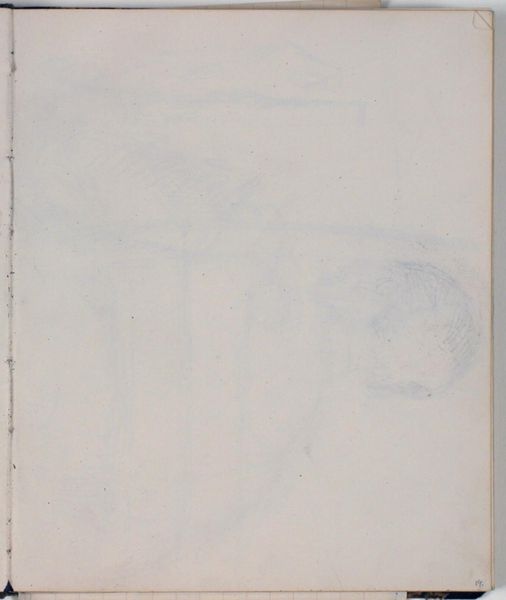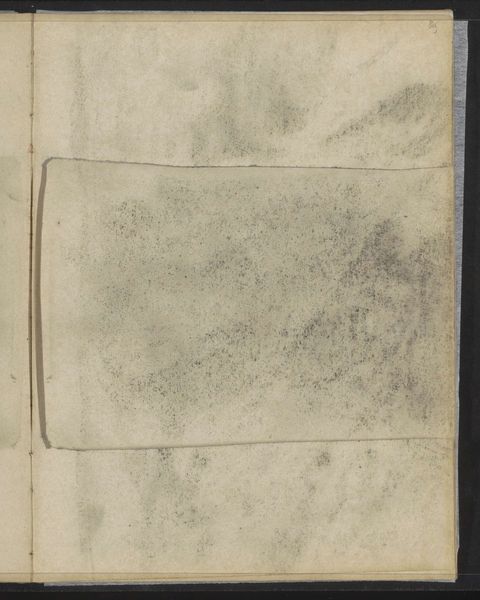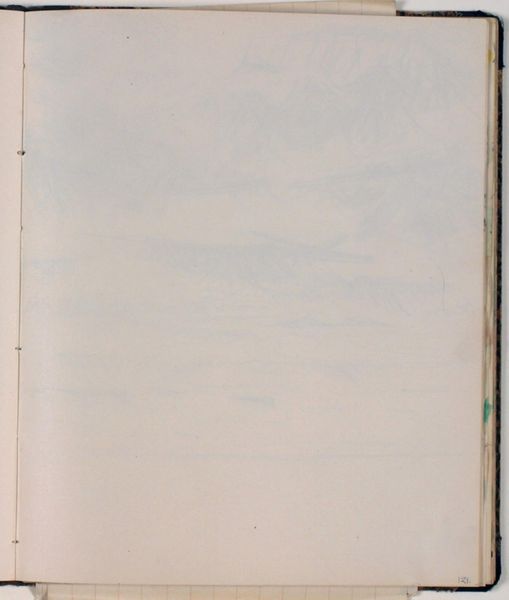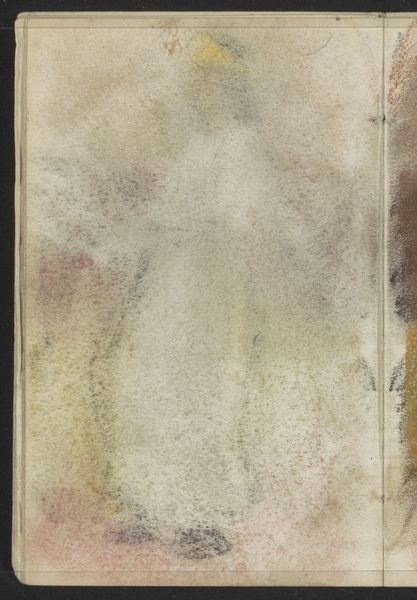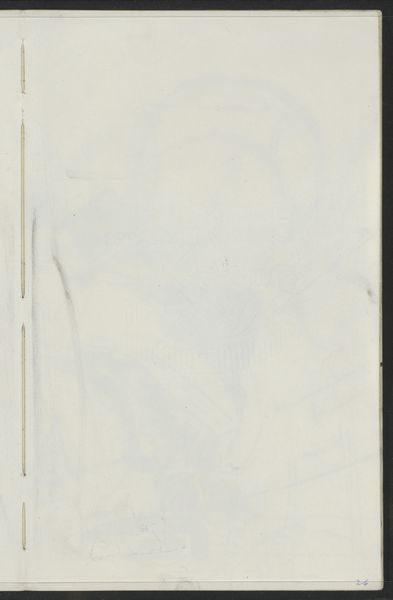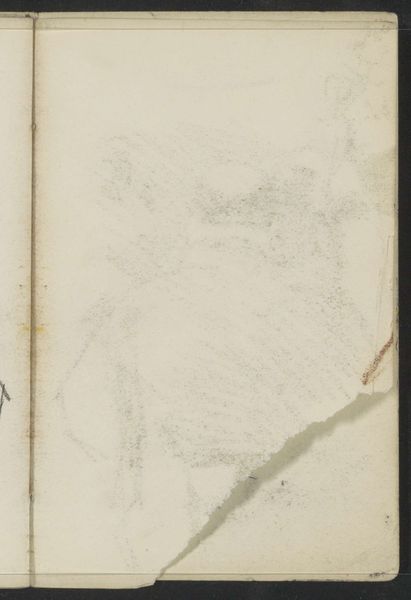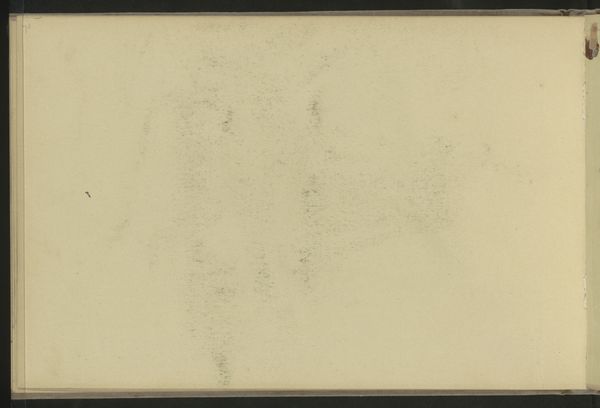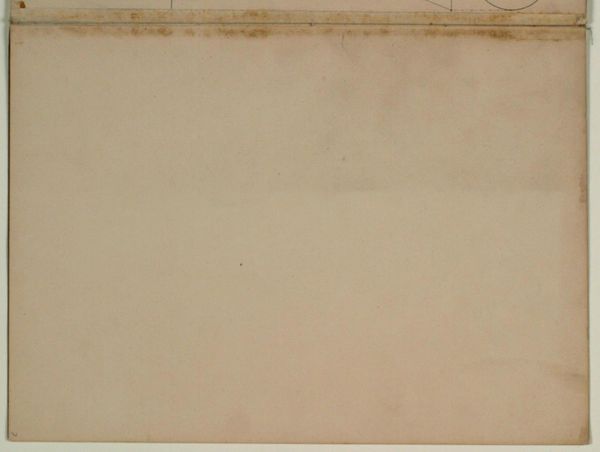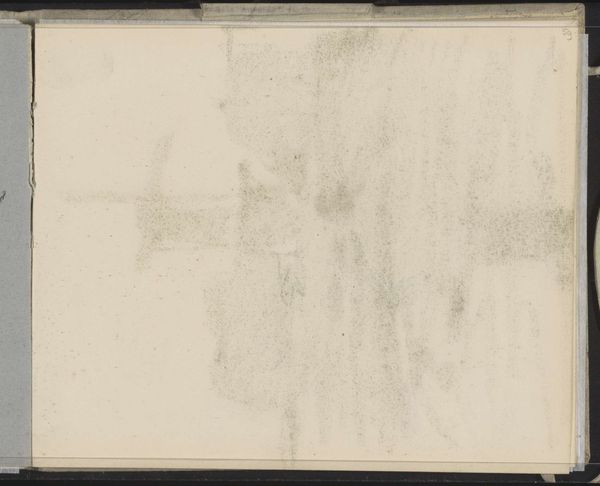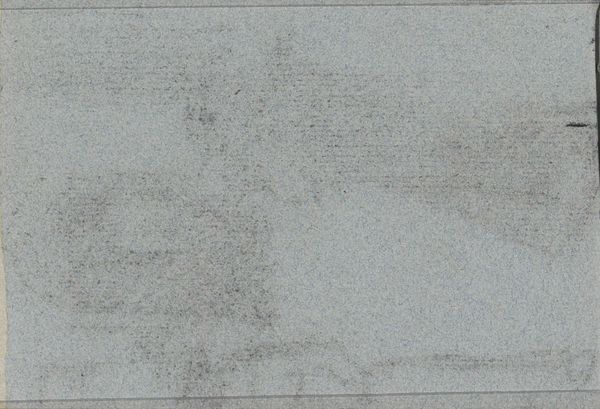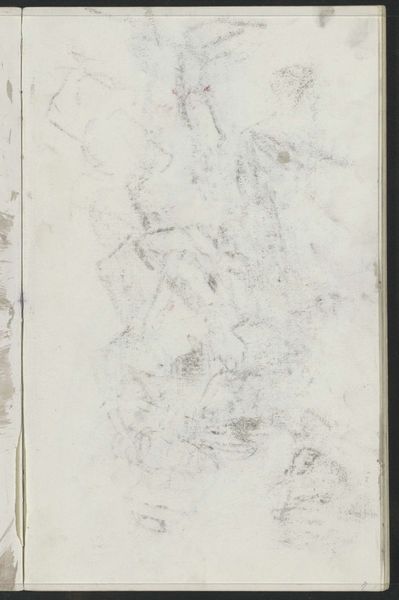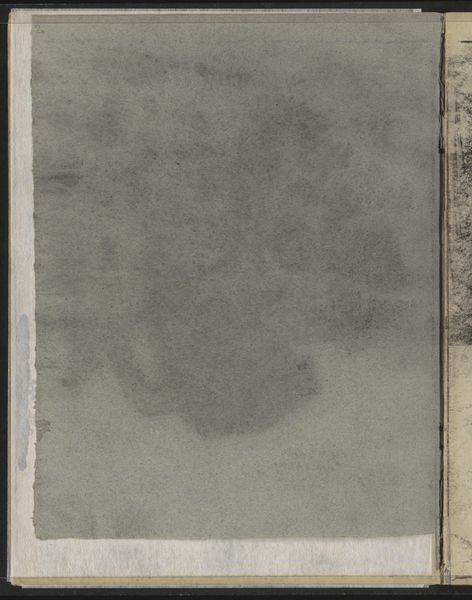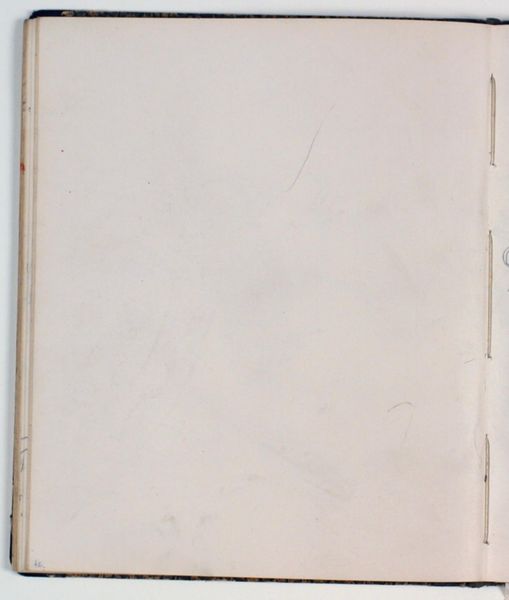
drawing, paper, charcoal
#
drawing
#
impressionism
#
landscape
#
paper
#
charcoal
Copyright: Rijks Museum: Open Domain
Editor: Here we have Willem Witsen’s "Abklatsch van de krijttekening op pagina 53," created around 1887-1888. It’s a charcoal drawing on paper, a faint landscape really. It feels very ephemeral and process-oriented, given it’s a blotting or transfer of a drawing. What strikes you about the material presence of this piece? Curator: Well, considering it’s a "rubbing" or a transfer, it really makes us consider the labor involved, doesn't it? The act of transferring isn't as valued traditionally as the "original" artwork, it is more about production. Think about the accessibility it provides to different classes of people - What sort of social implications do you think these materials and reproduction techniques have at the time? Editor: I hadn’t really considered it that way. Making art available beyond just the wealthy elite is intriguing, although the resulting image feels so muted, not really of interest. Curator: Muted, but also reproducible. It’s charcoal on paper, fairly common materials. The "landscape" here is faint. Was it intended to be seen by others at all, or kept as an exercise? Also, think about the societal perceptions around landscapes being "suitable" subject matter during the time Witsen created this work? Was this a political statement by any chance, of showing a desolate land instead of vibrant and abundant land, something for which The Netherlands is very well known for? Editor: I suppose the choice of material does speak volumes. So it's about considering not just the image, but how it was made, its purpose, and its social and cultural context. Thanks for showing how it provides additional meaning to an otherwise "simple" landscape drawing. Curator: Precisely. By looking at the materials and the process, we gain insight into artistic intent and its relation to a larger societal perspective. Editor: This definitely gives me a fresh angle on how to look at art!
Comments
No comments
Be the first to comment and join the conversation on the ultimate creative platform.
